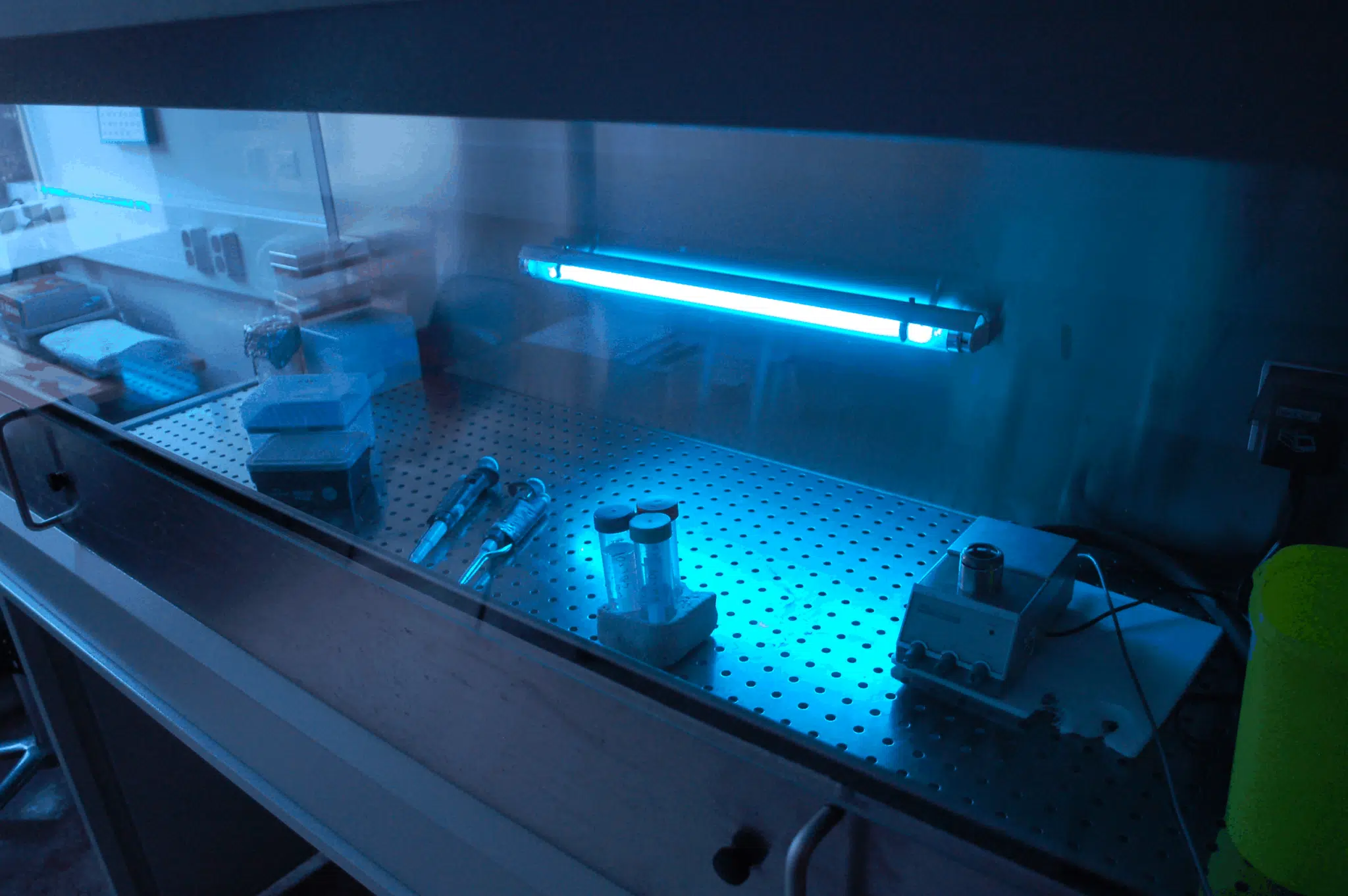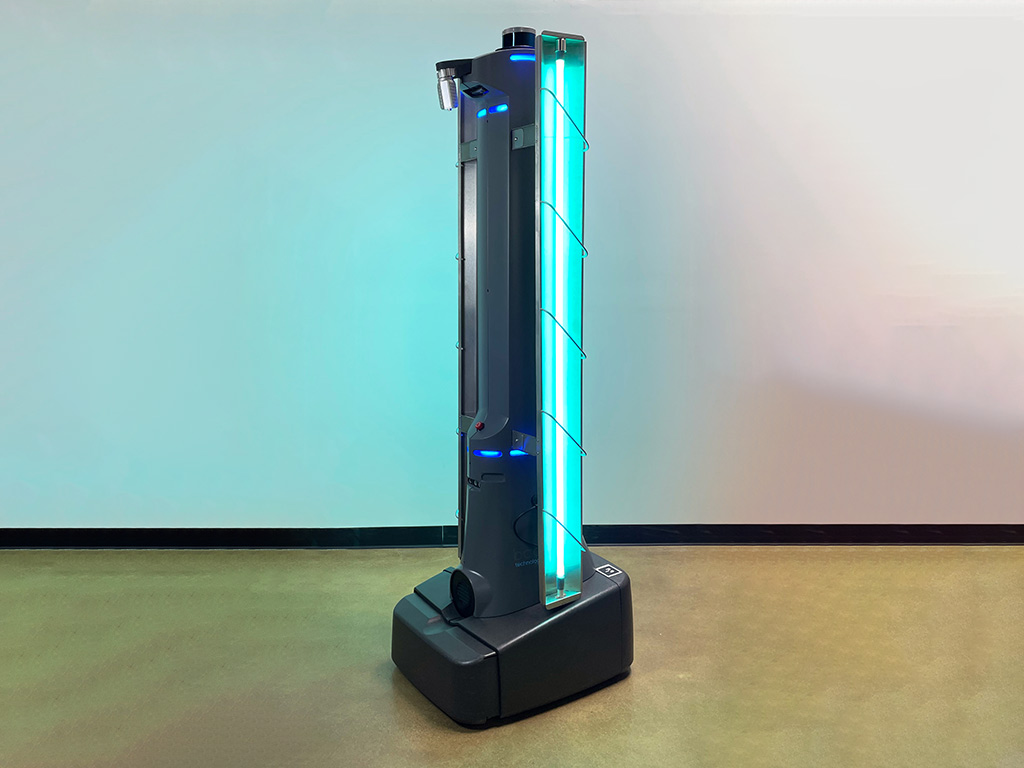Discovering the Advantages of Far UVC Light: Changing Indoor Air Quality
One such option that has acquired focus is Far UVC light. Exactly how exactly does Far UVC light work? In this discussion, we will check out the interesting world of Much UVC light and uncover its capacity in changing the way we secure our interior atmospheres.
Exactly How Much UVC Light Functions
Far UVC light works by sending out short-wavelength ultraviolet light that has the capacity to penetrate and inactivate bacteria. Unlike traditional UV light, which can be unsafe to human skin and eyes, much UVC light has a shorter wavelength that is absorbed by the outer layers of human skin, preventing it from reaching the underlying living cells. This makes it a safe and efficient option for continual sanitation in occupied spaces.
When much UVC light is emitted, it engages with the DNA and RNA of microorganisms, consisting of microorganisms and infections, interrupting their capability to replicate and triggering them to end up being non-active. The high energy of the short-wavelength light damages the molecular structure of the hereditary product, avoiding the microbes from spreading out and duplicating.

Additionally, far UVC light can be quickly integrated right into existing lighting fixtures, making it a cost-efficient remedy for a variety of applications, consisting of health care centers, colleges, workplaces, and mass transit. Its capacity to continually disinfect occupied spaces without posing a danger to human health and wellness makes much UVC light an appealing innovation in the area of indoor air high quality monitoring.
Much UVC Light's Influence on Airborne Pathogens
The effect of far UVC light on airborne microorganisms is significant in minimizing the transmission of infectious illness and improving indoor air quality. Far UVC light describes a certain variety of ultraviolet light that has a wavelength in between 207 and 222 nanometers. Unlike standard UVC light, which is harmful to human skin and eyes, far UVC light has been located to be secure for humans while still working versus microorganisms.
Studies have actually revealed that far UVC light has the ability to suspend a large range of air-borne viruses, consisting of the influenza infection and the coronavirus (far-uvc). These microorganisms are transferred with respiratory system beads, and by utilizing much UVC light, it is feasible to minimize their practicality and avoid their spread
Among the vital benefits of making use of far UVC light is its capability to get to all areas of a space. Unlike other sanitation approaches that may have restricted reach, much UVC light can be set up in above lights fixtures, making certain that the entire room is dealt with. This makes it particularly efficient in congested locations such as medical facilities, colleges, and mass transit.
Moreover, much UVC light can be used continuously without presenting a risk to human health. It can be carried out as component of a comprehensive strategy to enhance interior air high quality by reducing the concentration of air-borne microorganisms. By including much UVC light into existing air flow systems, it is possible to develop safer and much healthier interior atmospheres.
Health Conveniences of Far UVC Light
Making use of much UVC light offers various health benefits, making it an important tool in advertising public wellness and safety and security. Much UVC light has been found to effectively eliminate airborne microorganisms, such as microorganisms and infections, without harming additional reading human skin or eyes. This makes it an ideal option for decontaminating interior environments and lowering the threat of infections.
Among the essential health benefits of far UVC light is its capability to battle the spread of airborne diseases. Researches have actually shown that far UVC light can effectively inactivate viruses like influenza and consumption. By installing far UVC lighting fixtures in public rooms, such as workplaces, medical facilities, and schools, the transmission of these diseases can be significantly minimized.
Furthermore, much UVC light has been found to be risk-free for constant direct exposure, as it does not trigger skin damage or increase the risk of skin cancer cells. This is because of the reality that much UVC light has a limited range of penetration in human skin, protecting against any type of damage to much deeper layers.
In enhancement to its straight influence on air-borne virus, much UVC light can additionally have indirect health and wellness benefits. By decreasing the visibility of damaging microbes in the air, it can enhance indoor air top quality, resulting in a decline in respiratory system symptoms and allergic reactions.
Much UVC Light's Role in Reducing Irritants

Much UVC light, with its wavelength in the variety of 207 to 222 nanometers, has actually been proven to be effective in suspending viruses, fungi, and germs. Current studies have additionally revealed that moved here it can effectively minimize the existence of irritants in indoor areas. When much UVC light is sent out, it communicates with the DNA and RNA of bacteria, damaging their genetic material and avoiding their replication.
Far UVC Light's Possible in Public Spaces
With its tried and tested effectiveness in reducing allergens and suspending microbes, much UVC light holds excellent potential for application in public rooms. Public spaces, such as health centers, airport terminals, schools, and offices, are often crowded and prone to the spread of airborne diseases. Integrating far UVC light innovation in these areas can substantially improve interior air high quality and minimize the transmission of unsafe virus.
One encouraging application of much UVC light in public rooms remains in air flow systems - far-uvc. By setting up far UVC lamps in cooling and heating systems, the technology can decontaminate the air as it flows, effectively reducing the focus of air-borne infections and germs. This technique can assist stop the spread of conditions such as covid-19, influenza, and consumption, promoting a healthier and safer environment for owners
In addition, much UVC light can be used in the sanitation of often touched surfaces. High-touch locations in public rooms, such as doorknobs, hand rails, and elevator switches, can nurture a plethora of microorganisms. By tactically putting far UVC light sources in these locations, the innovation can constantly disinfect surfaces, lowering the danger of contamination and transmission.
Furthermore, the use of much UVC light in public rooms is secure for human direct exposure. Unlike conventional UVC light, which can be damaging to human skin and eyes, much UVC light has actually been confirmed to be non-toxic and safe for continuous operation in occupied areas. This makes it an excellent remedy for boosting indoor air quality without presenting any health and wellness dangers to individuals.
Verdict

Much UVC light works by emitting short-wavelength ultraviolet light that has the capability to penetrate and suspend microorganisms. Unlike typical UV light, which can be damaging to human skin and eyes, much UVC light has a shorter wavelength that is soaked up by the outer layers of human skin, avoiding it from reaching the underlying living cells. Much UVC light refers to a particular array of ultraviolet light that has a wavelength in between 207 and 222 nanometers. Unlike conventional UVC light, which is unsafe to human skin and eyes, far UVC light has actually been found to be risk-free for people while still being reliable against microorganisms.
Unlike standard UVC light, which can be hazardous to human skin and eyes, much UVC light has been confirmed to be non-toxic and risk-free for constant operation in occupied rooms.